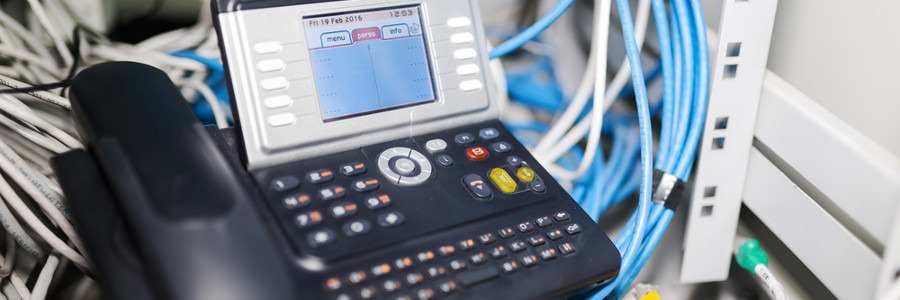Taking your business to the next level with unified communications
5 Crucial steps when migrating UC to the cloud
VoIP theft of service: What you need to know
Engaging on-hold messages via VoIP

When an operator asks a client for permission to put them on hold, what they’re really saying is “Can you wait a short time not talking to anybody?” A caller can be put on hold at different times throughout a call, and for varying durations. This lull used to be insufferable, but now you can improve customers’ on-hold experience with Voice over Internet Protocol (VoIP).
VoIP phone systems help make waiting on the line bearable or even downright enjoyable via the sharing of fun anecdotes and info, playing of on-brand music, and the conveyance of engaging messages.
Microsoft Teams vs. Google Meet

The use of online communication and collaboration tools has hit record highs in the past few months on account of the coronavirus-induced shift in work arrangements. Among the most popular platforms right now are Microsoft Teams and Google Meet, which allow organizations to easily connect with colleagues and clients remotely.
How VoIP revolutionizes communications for small and medium businesses

Many businesses fail to realize how ubiquitous and game-changing VoIP is, and as a result, they stay stuck on legacy phone systems. Staying put should no longer be an option, especially if your company is serious about seizing future opportunities. Read on to learn how VoIP can improve your communications.
Ways to protect against VoIP threats

Every business today uses Voice over Internet Protocol (VoIP) technology to enhance team collaboration. But while the benefits of VoIP continue to ease the burdens of business communications, there are security risks associated with using it. Unsecure VoIP platforms may be harming your computer networks without you knowing it.
Steps to having ever-reliable VoIP service

Voice over Internet Protocol (VoIP) telephony systems are great for today’s businesses. They are more mobile, have greater functionality, and cost less than traditional landline phones. But as with any technology, VoIP is vulnerable to disruptions due to equipment failure, disasters, and cyberattacks.
Calculating the total cost of a VoIP system

Cost is always an important factor to consider when it comes to technological investments. Especially with Voice over Internet Protocol (VoIP) phone systems, you have to be careful that investing in one doesn’t put you way over budget. Even if that phone system comes with a host of features, it’s important that you evaluate not only its upfront cost but also its total cost of ownership (TCO).
TCO is the overall sum of procuring, deploying, and operating a VoIP system over its life cycle, which is typically five years.





